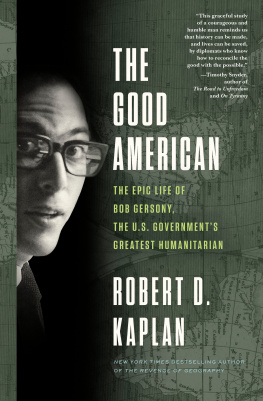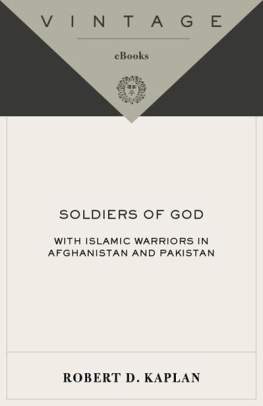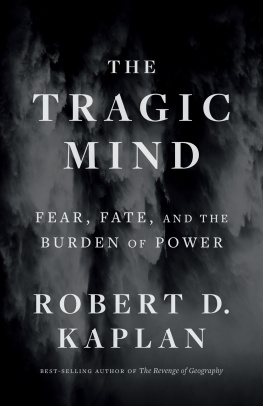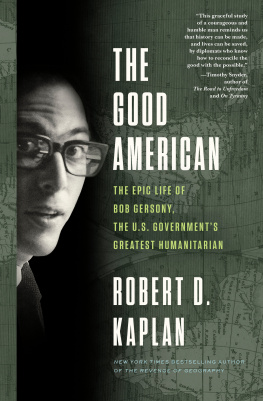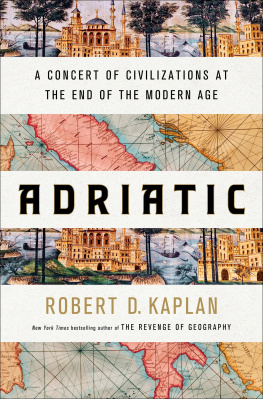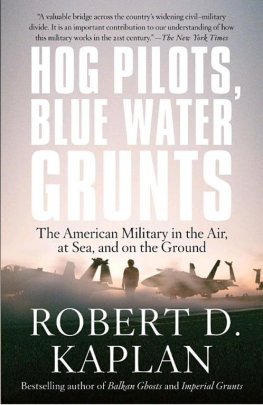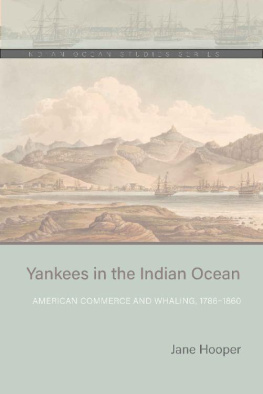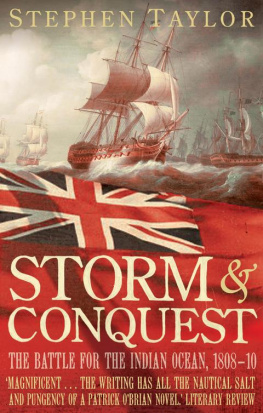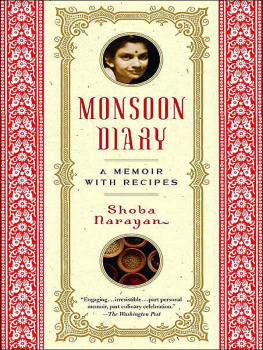Robert D. Kaplan - Monsoon: The Indian Ocean and the Future of American Power
Here you can read online Robert D. Kaplan - Monsoon: The Indian Ocean and the Future of American Power full text of the book (entire story) in english for free. Download pdf and epub, get meaning, cover and reviews about this ebook. year: 2010, publisher: Random House, genre: Politics. Description of the work, (preface) as well as reviews are available. Best literature library LitArk.com created for fans of good reading and offers a wide selection of genres:
Romance novel
Science fiction
Adventure
Detective
Science
History
Home and family
Prose
Art
Politics
Computer
Non-fiction
Religion
Business
Children
Humor
Choose a favorite category and find really read worthwhile books. Enjoy immersion in the world of imagination, feel the emotions of the characters or learn something new for yourself, make an fascinating discovery.

- Book:Monsoon: The Indian Ocean and the Future of American Power
- Author:
- Publisher:Random House
- Genre:
- Year:2010
- Rating:5 / 5
- Favourites:Add to favourites
- Your mark:
- 100
- 1
- 2
- 3
- 4
- 5
Monsoon: The Indian Ocean and the Future of American Power: summary, description and annotation
We offer to read an annotation, description, summary or preface (depends on what the author of the book "Monsoon: The Indian Ocean and the Future of American Power" wrote himself). If you haven't found the necessary information about the book — write in the comments, we will try to find it.
Monsoon: The Indian Ocean and the Future of American Power — read online for free the complete book (whole text) full work
Below is the text of the book, divided by pages. System saving the place of the last page read, allows you to conveniently read the book "Monsoon: The Indian Ocean and the Future of American Power" online for free, without having to search again every time where you left off. Put a bookmark, and you can go to the page where you finished reading at any time.
Font size:
Interval:
Bookmark:
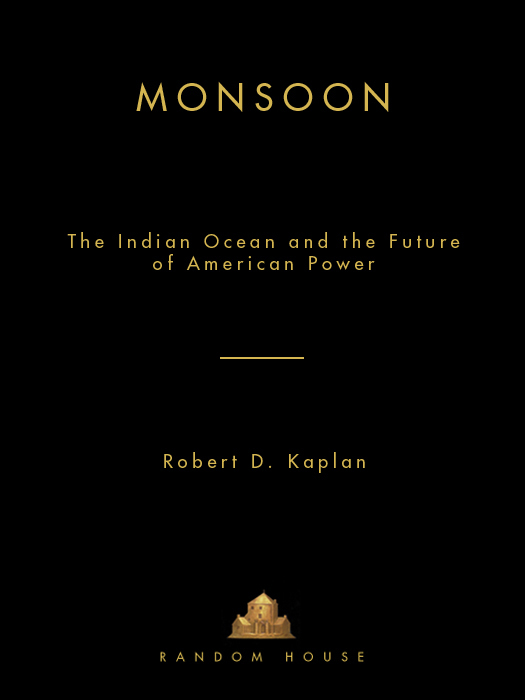
ALSO BY ROBERT D. KAPLAN
Hog Pilots, Blue Water Grunts:
The American Military in the Air, at Sea, and on the Ground
Imperial Grunts: The American Military on the Ground
Mediterranean Winter: The Pleasures of History and Landscape in Tunisia, Sicily, Dalmatia, and the Peloponnese
Warrior Politics: Why Leadership Demands a Pagan Ethos
Eastward to Tartary: Travels in the Balkans, the Middle East, and the Caucasus
The Coming Anarchy: Shattering the Dreams of the Post Cold War
An Empire Wilderness: Travels into Americas Future
The Ends of the Earth: From Togo to Turkmenistan, from Iran to Cambodia
The Arabists: The Romance of an American Elite
Balkan Ghosts: A Journey Through History
Soldiers of God: With Islamic Warriors in Afghanistan and Pakistan
Surrender or Starve: Travels in Ethiopia, Sudan, Somalia, and Eritrea
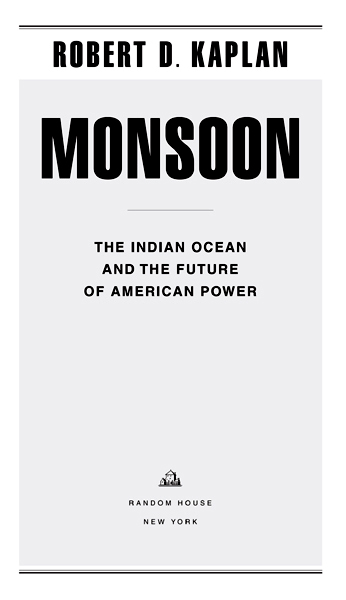
Copyright 2010 by Robert D. Kaplan
Maps copyright 2010 by David Lindroth, Inc.
All rights reserved.
Published in the United States by Random House, an imprint of The Random House Publishing Group, a division of Random House, Inc., New York.
R ANDOM H OUSE and colophon are registered trademarks of Random House, Inc.
Grateful acknowledgment is made to Angel Books, London, for permission to reprint the poem that appears on from Particles, Jottings, Sparks: The Collected Brief Poems by Rabindranath Tagore, translated by William Radice (London: Angel Books, 2001). Reprinted by permission.
Library of Congress Cataloging-in-Publication Data
Kaplan, Robert D.
Monsoon : the Indian Ocean and the future of American power / Robert D. Kaplan.
p. cm.
eISBN: 978-0-679-60405-1
1. United StatesForeign relationsIndian Ocean Region.
2. Indian Ocean RegionForeign relationsUnited States.
3. Indian Ocean RegionStrategic aspects. 4. National securityUnited States.
5. National securityIndian Ocean Region. I. Title.
DS341.3.U6K374 2010
327.7301824dc22 2009049752
www.atrandom.com
v3.1_r1
To
Grenville Byford
Gradual, inexorable, and fundamental changes are occurring in the balances of power among civilizations, and the power of the West relative to that of other civilizations will continue to decline.
S AMUEL P. H UNTINGTON
The Clash of Civilizations and the Remaking of World Order (1996)
PREFACE
THE RIMLAND OF EURASIA
The map of Europe defined the twentieth century: from Flanders Fields to Omaha Beach to the Berlin Wall to the burned villages of Kosovo; from the Long European War, lasting from 1914 to 1989, to its bloody aftershocks, Europe was the center of world history. Momentous trends and events happened elsewhere, to be sure. But great power politics, from the collapse of Old World empires to the bipolar struggle between the United States and the Soviet Union, had more to do with Europe than anywhere else.
It is my contention that the Greater Indian Ocean, stretching eastward from the Horn of Africa past the Arabian Peninsula, the Iranian plateau, and the Indian Subcontinent, all the way to the Indonesian archipelago and beyond, may comprise a map as iconic to the new century as Europe was to the last one. Hopefully, the twenty-first century will not be as violent as the twentieth, but, to a similar degree, it could have a recognizable geography. In this rimland of Eurasiathe maritime oikoumene of the medieval Muslim world that was never far from Chinas gazewe can locate the tense dialogue between Western and Islamic civilizations, the ganglia of global energy routes, and the quiet, seemingly inexorable rise of India and China over land and sea. For the sum-total effect of U.S. preoccupation with Iraq and Afghanistan has been to fast-forward the arrival of the Asian Century, not only in the economic terms that we all know about, but in military terms as well.
Recently, messy land wars have obscured for us the importance of seas and coastlines, across which most trade is conducted and along which most of humanity lives, and where, consequently, future military and economic activity is likely to take place as in the past. It is in the littorals where global issues such as population growth, climate change, sea level rises, shortages of fresh water, and extremist politicsthe last of which is affected by all the other factorsacquire a vivid geographical face. What the late British historian C. R. Boxer called Monsoon Asia, at the crossroads of the Indian Ocean and the western Pacific, will demographically and strategically be a hub of the twenty-first-century world.
Half a millennium ago, Vasco da Gama braved storm and scurvy to round Africa and cross the Indian Ocean to the Subcontinent. Writes the sixteenth-century Portuguese poet Luiz Vaz de Cames about that signal moment:
This is the land you have been seeking,
This is India rising before you.
Da Gamas arrival in India initiated the rise of the West in Asia. Portuguese seaborne dominance eventually gave way to that of other Western powersHolland, France, Great Britain, and the United States, in their turn. Now, as China and India compete for ports and access routes along the southern Eurasian rimland, and with the future strength of the U.S. Navy uncertain, because of Americas own economic travails and the diversionary cost of its land wars, it is possible that the five-hundred-year chapter of Western preponderance is slowly beginning to close.
This gradual power shift could not come at a more turbulent time for the lands bordering the Indian Oceans two halves, the Arabian Sea and the Bay of Bengal: at the top of the Arabian Sea is Pakistan; at the top of the Bay of Bengal is Burma, both highly volatile and populous pivot states. Analysts normally dont put those two countries in the same category, but they should. Then, of course, there is the whole political future of the Islamic world from Somalia to Indonesia to consider. Besides their proximity to the Indian Ocean, so many of these places are characterized by weak institutions, tottering infrastructures, and young and restive populations tempted by extremism. Yet they are the future, much more than the graying populations of the West.
As the late Belgian scholar Charles Verlinden once noted, the Indian Ocean is surrounded by not less than thirty-seven countries representing a third of the worlds population, and extends for more than 80 degrees in latitude and more than 100 degrees in longitude. I can only visit a few points along the Indian Oceans seaboard and see what is currently going onso as to further illuminate a wider canvas, and to show what a world without a superpower looks like on the ground.
The Indian Ocean region is more than just a stimulating geography. It is an idea because it provides an insightful visual impression of Islam, and combines the centrality of Islam with global energy politics and the importance of world navies, in order to show us a multi-layered, multi-polar world above and beyond the headlines in Iraq and Afghanistan; it is also an idea because it allows us to see the world whole, within a very new and yet very old framework, complete with its own traditions and characteristics, without having to drift into bland nostrums about globalization.
The book begins with a broad strategic overview of the region. Then I move on to individual locations along this great seaboard. Oman is my principal reference point, where I consider the oceans medieval history, as well as the legacy of the first Western power, the Portuguese; there, too, I ponder the perennial relationship between the sea and the desert, and how each leads to different political paths. Then I focus on massive Chinese harbor projects smack in the heart of zones of regional separatism in the case of Pakistan, and of ethnic rivalry in the case of Sri Lanka. In Bangladesh, I write about the interrelationship of climate change, extreme poverty, and Islamic radicalism. In India, I focus on Hindu extremism, which is being overcome by economic and social dynamism. In Burma, I report on the collision between India and China over a devastated and resource-rich landscape, and the challenges it presents for Western powers like the United States. In Indonesia, I explore the relationship between democracy and a vibrant, syncretic Islam, so different from that in Pakistan and Bangladesh: for Islam, as I learned in many of these places, is more intelligently considered against the backdrop of a specific landscape and history. Finally, I consider Chinese naval expansion originating in the eastern end of the Greater Indian Ocean, and at the western end take a peek at African renewal through the prism of Zanzibar. Everywhere I attempt to describe the ceaseless currents of historical change as they shape the contours of the new century. It is the intermingling of challenges in each placereligious, economic, political, environmentalrather than each challenge in isolation, that creates such drama.
Font size:
Interval:
Bookmark:
Similar books «Monsoon: The Indian Ocean and the Future of American Power»
Look at similar books to Monsoon: The Indian Ocean and the Future of American Power. We have selected literature similar in name and meaning in the hope of providing readers with more options to find new, interesting, not yet read works.
Discussion, reviews of the book Monsoon: The Indian Ocean and the Future of American Power and just readers' own opinions. Leave your comments, write what you think about the work, its meaning or the main characters. Specify what exactly you liked and what you didn't like, and why you think so.

